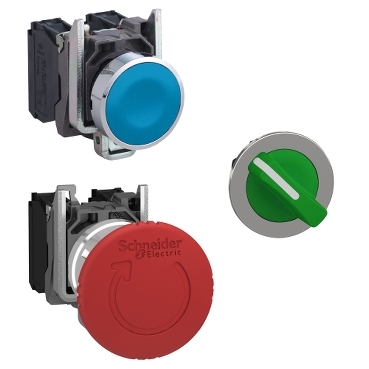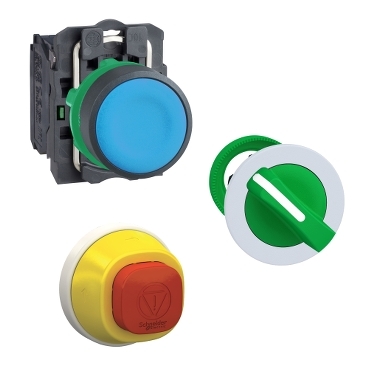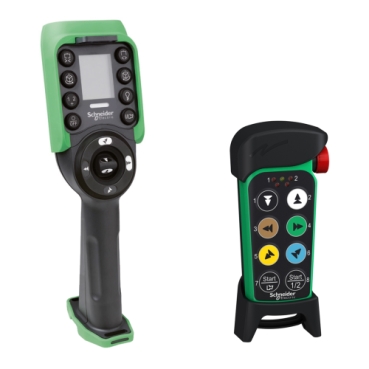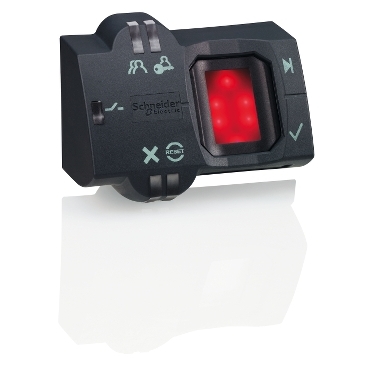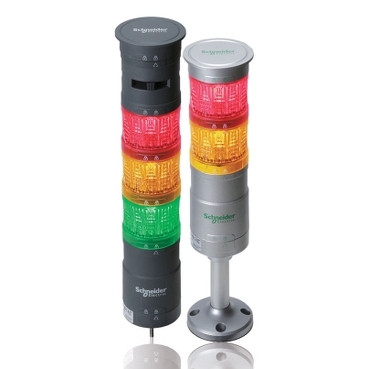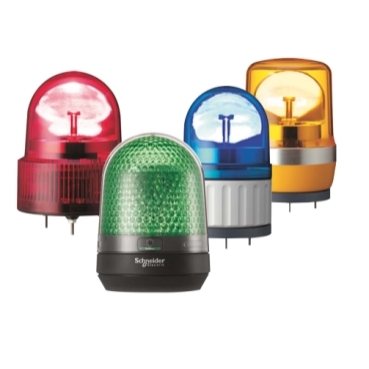Sometimes, simplicity is the way to go. Just like Limit switches, One great example of a simple mechanism is a push button, which is nothing more than a simple accessible switch that is designed to be user-friendly. This button can be used for both small and large-scale purposes, which speaks volumes when it comes to its accessibility. Push buttons and signaling devices include a wide range of operators for Industrial and Commercial purposes. Schneider Electric's Harmony range of Push buttons are an innovative range of push buttons switches, emergency stop or industrial remote control for all your applications.
Facts






Core products


The ABC of Alarm Management: selecting the best solution for your application
On the road to smart machines: What are the different alarm management options and which one works best for you?
The ABC of Machine Settings: building the best machine for your customer
On the road to smart machines: Designing the right machines requires making the right decisions, here we show you how we help.
The Origins of Flush Aesthetics in Machinery
See how aesthetic evolution has moved design from an afterthought to a key element in product development.
Can industrial productions grind to a halt because of a single, faulty pushbutton?
Unexpected “surprises” in business and industry do occur and often result in avoidable expense and loss of production.
The importance of aesthetics
Your customers will remember the first time they see your machines. And it will influence their buying decisions.
Can aesthetics improve your machine efficiency?
Have you wondered how to choose between flush and standard mounting, or if customized products can benefit your machines?
Need help?
A push button, often referred to as a button, is a basic switch mechanism used to control a component of a machine or an electrical system; they are usually designed with the help of solid materials such as metal or plastic. On the structural front, the surface of push buttons is often flat or contoured to suit the silhouette, finger or hand, allowing it to be depressed effortlessly and with ease.
2. What are the types of push buttons?
Push button switches are generally classified into two types: momentary, in which the action happens only when the actuator is pressed, and alternate action, in which the contacts are maintained until the actuator is depressed again. On the other hand, push button switches are offered in single and multiple pole configurations, but they are restricted to two throws.
3. How do push buttons work?
The majority of push button switches work in the same way. When you press down on the button or actuator, the internal spring and contacts are depressed, and the stable contacts at the bottom of the switch get connected. As a result of this action, when the electrical circuit opens and closes, the spring will retract after repeated application of pressure, changing the condition of the push button connection.
To activate a momentary switch, consistent pressure on the button must be applied. However, a latching switch stays in a stable condition until pressure is applied again to the actuator.









